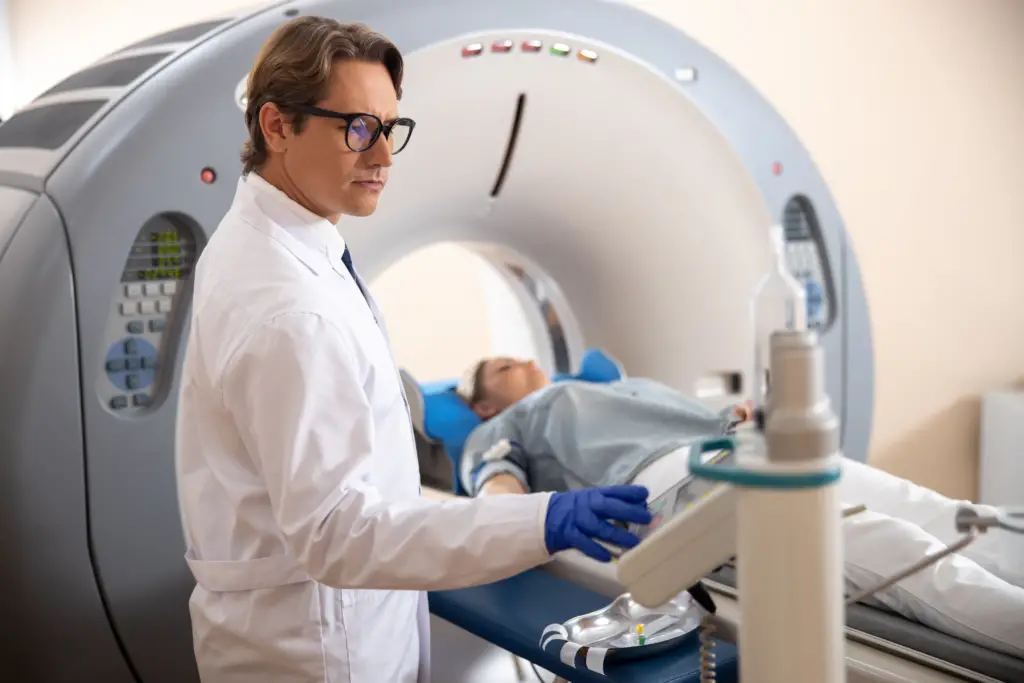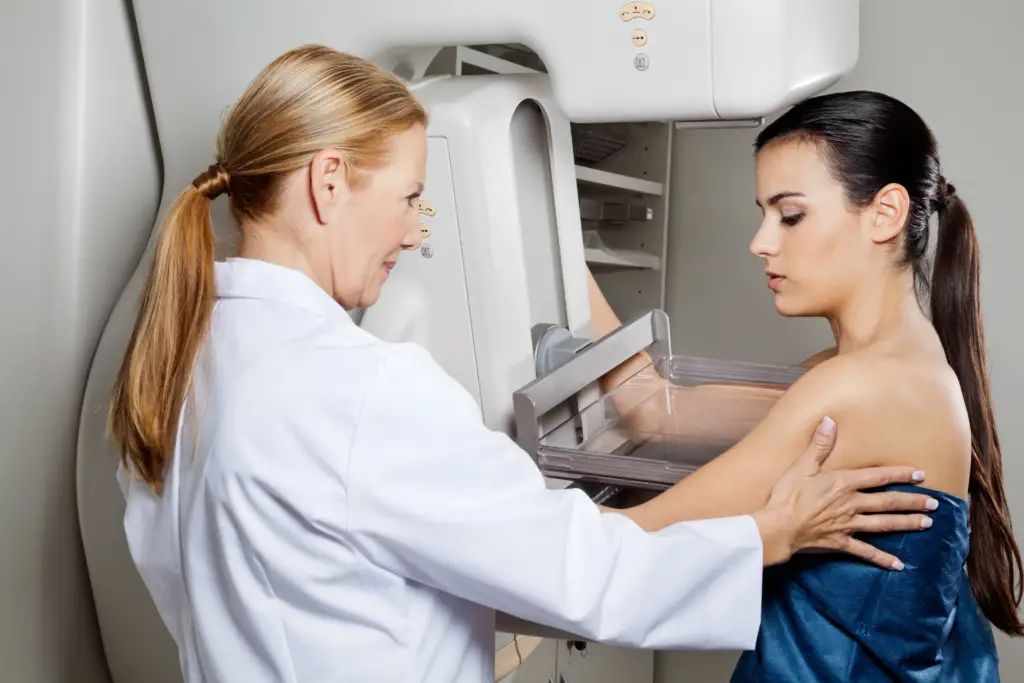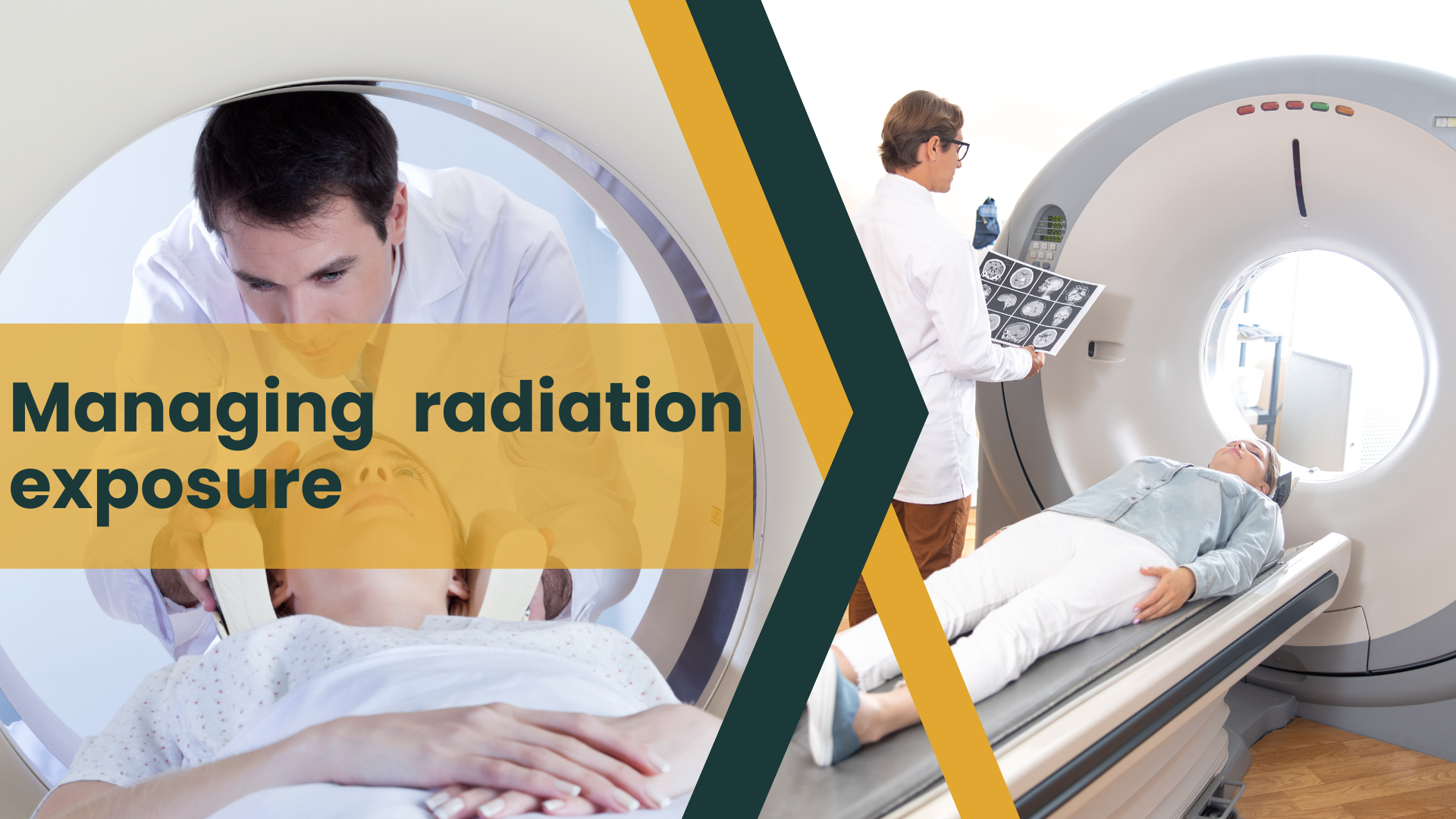As the saying goes, “Little knowledge is dangerous.” This couldn’t be more applicable when understanding and managing radiation exposure.
Radiation can be a double-edged sword used primarily in medical procedures and treatments, having the power to both heal and harm.
For radiologic technologists, patients, and the medical community, the question remains: what are the most effective methods for managing radiation exposure?
What Are the Most Effective Methods for Managing Radiation Exposure for Patients and Radiologic Technologists?
Well, you’ve hit the nail on the head with that question. Let’s dive into this critical issue and highlight the best radiation exposure management methods.
Implementing The Principle of ALARA
ALARA, standing for “As Low As Reasonably Achievable,” is the holy grail of radiation protection. It means keeping radiation exposure as low as possible while achieving the necessary results.
Using Proper Shielding Techniques
Shielding is one of the first lines of defense against radiation. It’s like your favorite umbrella, warding off the harmful effects of exposure.
Employing Correct Positioning and Techniques
Positioning and technique play a huge role in radiation safety. If you aim right, you can avoid unnecessary exposure, just like aiming an arrow right at the target.
Leveraging Advanced Technology
Modern technology has thrown a wrench in the works of radiation risks. Today, machines can modulate radiation doses, keeping them at the lowest possible levels while delivering high-quality images.
Regular Monitoring and Assessment
Monitoring radiation exposure is akin to keeping an eye on a boiling pot. Regular assessments help ensure things don’t go overboard.
Importance of Radiation Safety
The Impact on Patients
Radiation safety is paramount for patients. A solution could become a problem without it, causing more harm than good.
The Impact on Radiologic Technologists
Radiologic technologists are at the front lines, dealing with radiation daily. Thus, managing exposure isn’t just an option but a necessity.

The Principle of ALARA
Understanding ALARA
Let’s dive deeper into the principle of ALARA, which has been the cornerstone of radiation safety for years.
Implementing ALARA
How do you apply ALARA in practice? There’s no one-size-fits-all answer, but there are general steps and guidelines to follow.
Techniques to Minimize Radiation Exposure
Shielding Techniques
Shielding can be seen as a physical barrier against radiation. Let’s explore the best techniques in this department.
Positioning and Techniques
“Work smarter, not harder.” This idiom certainly applies when it comes to positioning and techniques in radiation management.
Advanced Technology
The wheels of innovation keep turning, and technology plays a significant role in minimizing radiation exposure. We’ll look at how tech has tipped the scales in our favour.
Personal Protective Equipment (PPE)
Importance of PPE
PPE is to radiologic technologists as armour is to a knight. It’s essential for shielding the body from unnecessary exposure.
Types of PPE
Let’s discuss the types of PPE that keep radiologic technologists safe, from lead aprons to thyroid shields.
Technological Advancements in Radiation Safety
Advanced Imaging Techniques
Modern imaging techniques are the unsung heroes in the fight against unnecessary radiation exposure. Let’s delve into these techniques and their benefits.
Radiation Dose Management Systems
These systems are like the watchmen of radiation safety, monitoring and controlling the exposure.
Radiation Protection for Special Groups
Pregnant Patients
Managing radiation exposure for pregnant patients is a whole new ball game. Let’s break down the best practices.
Pediatric Patients
Children aren’t just small adults, especially regarding radiation safety. We’ll explore the key considerations in pediatric radiation management.
Institutional Measures for Radiation Safety
Safety Protocols
Safety protocols are the rulebooks of radiation management. Without them, we’d be sailing without a compass.
Training and Education
Training and education are what turn knowledge into action. We’ll discuss their role in radiation safety.
Regular Audits
Audits are the checks and balances of radiation management. They help ensure that safety measures are working as intended.
FAQs
How Can Patients Protect Themselves from Radiation Exposure?
Patients can protect themselves by asking their healthcare provider about the procedure’s necessity and if there are any alternatives with lower radiation.
What is the Role of a Radiologic Technologist in Radiation Safety?
The radiologic technologist is pivotal in ensuring the correct application of radiation procedures and minimizing exposure to patients and themselves.
Are There Any Long-Term Effects of Radiation Exposure?
Long-term effects of radiation exposure can include the increased risk of cancer and other health conditions.
How Does Technology Help in Managing Radiation Exposure?
Technology aids in managing radiation exposure through advanced imaging techniques and radiation dose management systems.
What is the Importance of Training and Education in Radiation Safety?
Training and education help radiologic technologists and other medical professionals apply their knowledge of radiation safety practically and effectively.
Why is Regular Monitoring and Assessment Important in Radiation Safety?
Regular monitoring and assessment ensure that safety measures are effective and help identify areas for improvement.

Conclusion
Managing radiation exposure is a vital aspect of healthcare. It requires a concerted effort from radiologic technologists, medical institutions, and patients.
With the correct application of safety measures and advanced technology, it’s possible to significantly reduce the risks associated with radiation significantly considerably, ensuring a safer environment for everyone involved.


